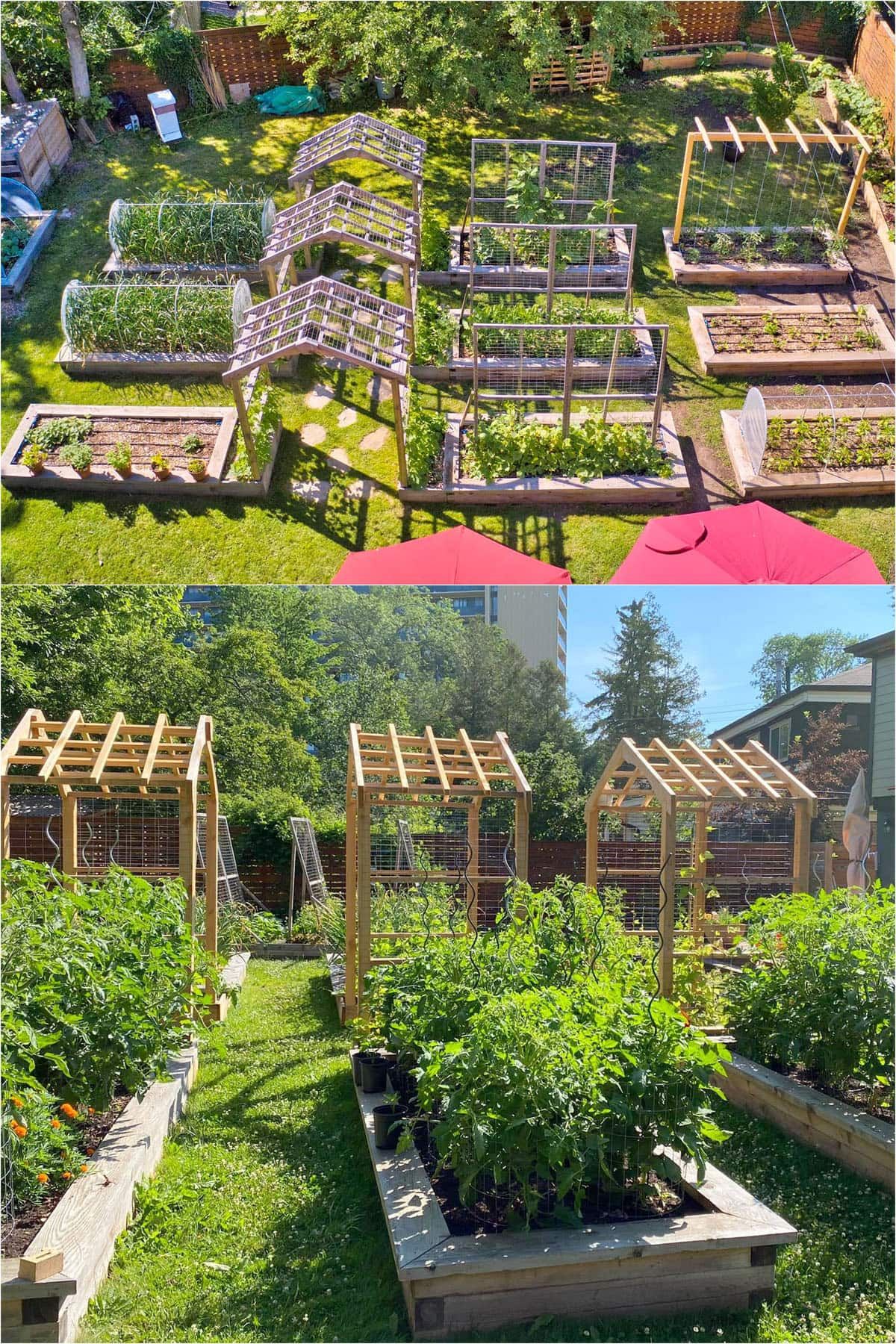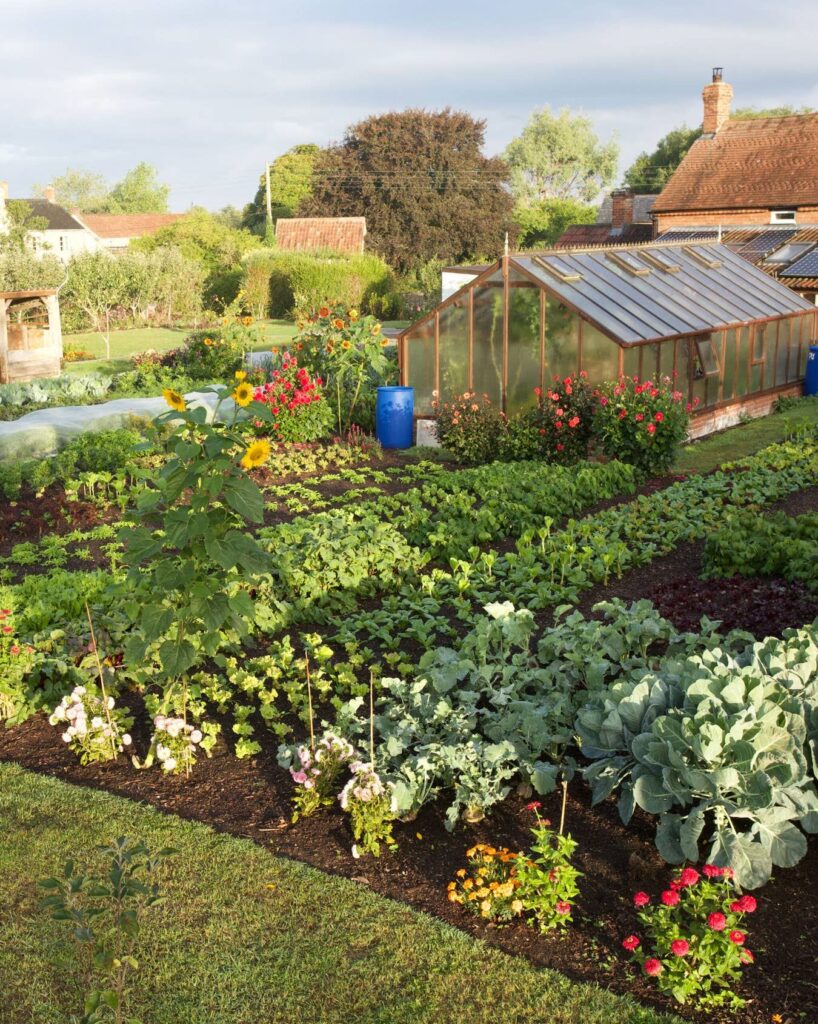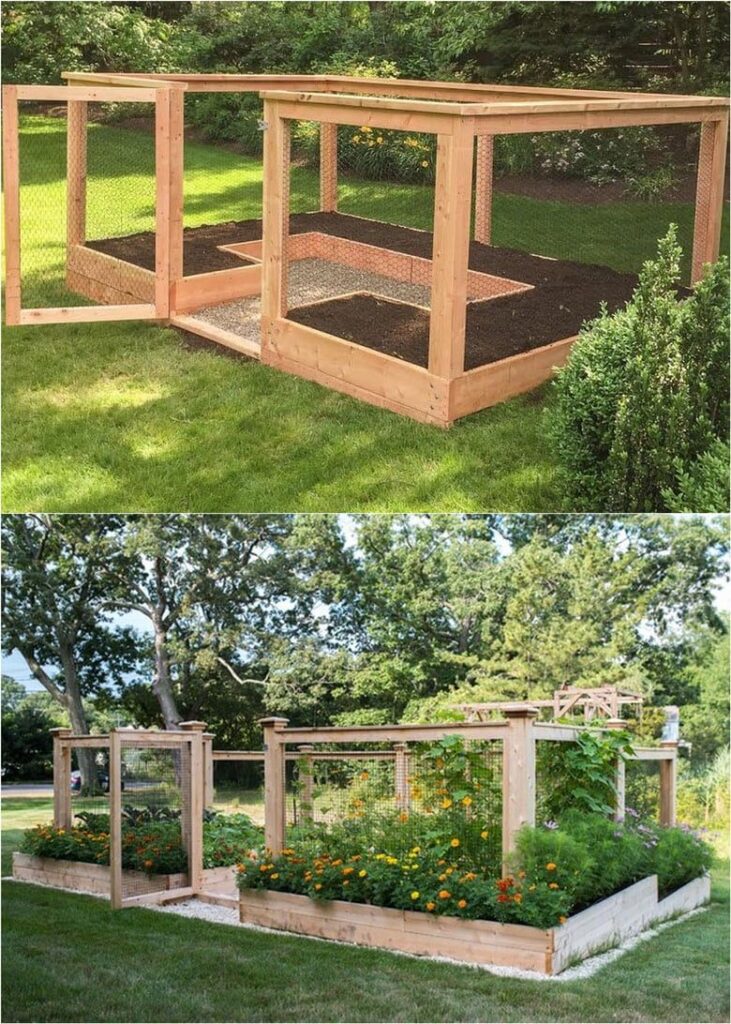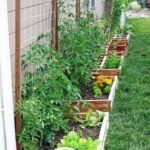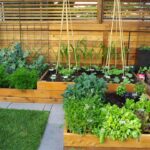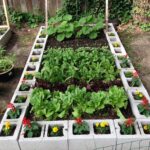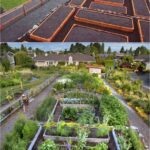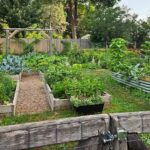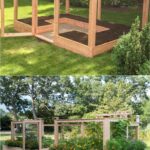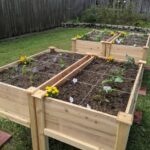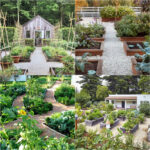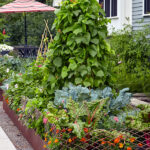One idea for maximizing space in a backyard vegetable garden is to utilize vertical gardening techniques. This could involve using trellises for climbing plants like tomatoes, cucumbers, and beans, or installing shelves or hanging planters to grow herbs or leafy greens. Vertical gardening not only saves space but also creates a visually appealing and organized garden area.
Another backyard vegetable garden idea is to incorporate raised beds. Raised beds provide better soil drainage and aeration, which can lead to healthier plants and higher yields. They also help to prevent weeds from encroaching on the garden, making maintenance easier. Raised beds can be made from a variety of materials, such as wood, concrete blocks, or even recycled materials like old tires or pallets.
Companion planting is a popular technique in vegetable gardening that involves planting different crops together to benefit each other. For example, planting marigolds alongside tomato plants can help to repel pests that are attracted to tomatoes. Additionally, planting certain crops together can enhance soil health, improve pollination, and increase overall productivity. Researching companion planting combinations can help maximize the success of a backyard vegetable garden.
Utilizing container gardening is another great way to make use of limited space in a backyard vegetable garden. Containers can be placed on patios, balconies, or any sunny spot in the yard. They are ideal for growing herbs, salad greens, or smaller vegetables like peppers, radishes, or cherry tomatoes. Container gardening allows for easy mobility and flexibility in terms of plant placement and arrangement.
For those looking to add a touch of aesthetic appeal to their backyard vegetable garden, consider incorporating ornamental edible plants. These are plants that not only produce tasty fruits or vegetables but also have attractive foliage, flowers, or fruits. Some examples of ornamental edible plants include rainbow Swiss chard, purple basil, or variegated sage. These plants can add visual interest and diversity to the garden while also providing a harvestable yield.
Lastly, consider creating a themed garden to add interest and creativity to the backyard vegetable garden. This could involve selecting a specific cuisine, color scheme, or culinary theme to guide plant selection and layout. For example, a salsa garden could include tomatoes, peppers, onions, and cilantro, while a purple-themed garden could feature purple carrots, eggplants, and kale. A themed garden can be a fun and interactive way to plan and design a backyard vegetable garden.
